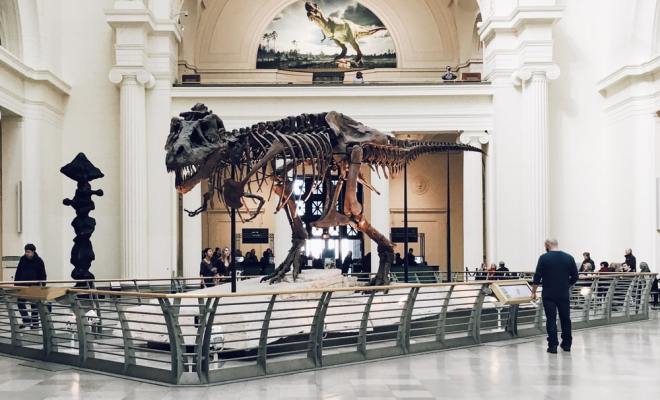
Museums exist to showcase yesterday’s, today’s, or even tomorrow’s best offerings – all under one roof. The large area of these centers ensures that the exhibition gets the right focus. Wide hallways, high ceilings and airy environment with lots of pictures and artifacts attract the viewer like a magnet. Until a few years ago, the responsibilities would stop here. No longer. Now you can experience incredible augmented reality, making everything more fascinating.
HI Augmented Reality (AR) and its benefits for museums!
Augmented reality is (basically) an enhanced version of the physical appearance of an exhibit that may additionally appeal to a wide range of sensory inputs or outputs. It’s an enhanced version of mixed reality, but with a bit more emphasis on amplified perception. With astonishing sound and graphics, everything looks even more enchanting and attractive in the form of augmented reality. You must have seen it on mobile apps and popular social media channels like Instagram. Now, AR is also part of the promotion strategy of many industries, and it’s slowly making its way into the world of exhibitions and events as well. It’s natural that this strategy is so exclusive and fascinating, you can understand why it’s highly recommended for museums.
- Augmented reality can be very interesting – Good AR knowledge and application gives more museum artifacts reception for a large audience. When important facts are presented through AR, users feel more connected and enjoy a greater interest in reading and understanding them. Furthermore, AR attracts a new generation to take part in the learning process. With target and location scanning, museum visitors even understand relationships and processes, rebuild the past, visualize the future — and through this, enjoy exploring. However, augmented reality has different sound and visual systems that museums can choose to use according to their main theme and idea.
- Augmented reality brings artifacts to life – Museums most of the time present exhibitions. And this is ok. One of their main goals (besides preserving information) is to preserve and protect their important original works. AR has the potential to change this dynamic element. By adding and placing digital elements to specific areas interest, museums can provide rich and detailed access to art and artifacts. With AR features, museums can enhance works of art, scientific concepts, architectural details and other aspects we consider important by presenting them in a distinctive and augmented way. It helps define the subject better and responds to context, style (and measuring impact). In return, it allows users to deeply understand and connect.
- AR is fun and interesting –– Many museums attract young families and visitors by adding a little fun and acting to their shows. With the right AR apps, museum guests, young and old, can engage in collaborative and rewarding activities of shared exploration, learning, sharing, and having fun along the way. In short, adding a little AR is a simple way to capture the interest of the entire family.
- Augmented reality easily accessible –Augmented reality is currently available without much ado. You just need to get in touch Crafts Co. Yours museum design will be studied by them, and they’ll provide the best AR solution for you. With years of experience and completely trained staff, they can help recreate the magic in your museum. They can even help you organize exhibitions when needed – for example, to officiate a newly integrated AR.
With AR, you can turn the exhibits of your museum or cultural center, irrespective of field of study or size, into something memorable and memorable for visitors – in the form of digital and non-digital value! Let’s face it – if a museum wants their audience to return, they’ve to provide a good reason to do so. As AR is combined with other technologies, museums are embracing it more and more improve user experience.











